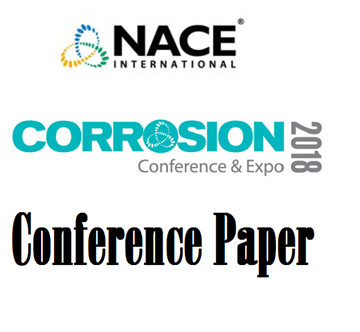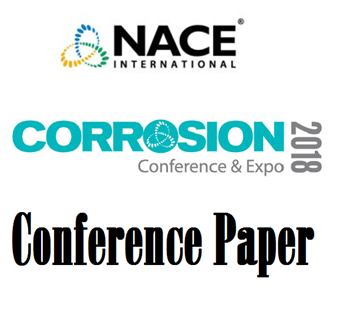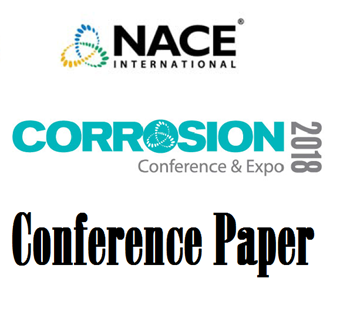Search
51318-11196-An adapted EN technique for in situ corrosion monitoring of spent fuel aqueous storage environments
Also Purchased
51318-11195-Criteria for Protective Film Growth on Carbon Steel Rebar in a Carbonation Process
Product Number:
51318-11195-SG
Publication Date:
2018
$20.00
51318-11192-Investigation of FeCO3 and FeS Precipitation Kinetics by EQCM
Product Number:
51318-11192-SG
Publication Date:
2018
$20.00
51318-11193-Corrosion Inhibition of Carbon Steel under Supercritical CO2/H2S Environment
Product Number:
51318-11193-SG
Publication Date:
2018
$20.00




